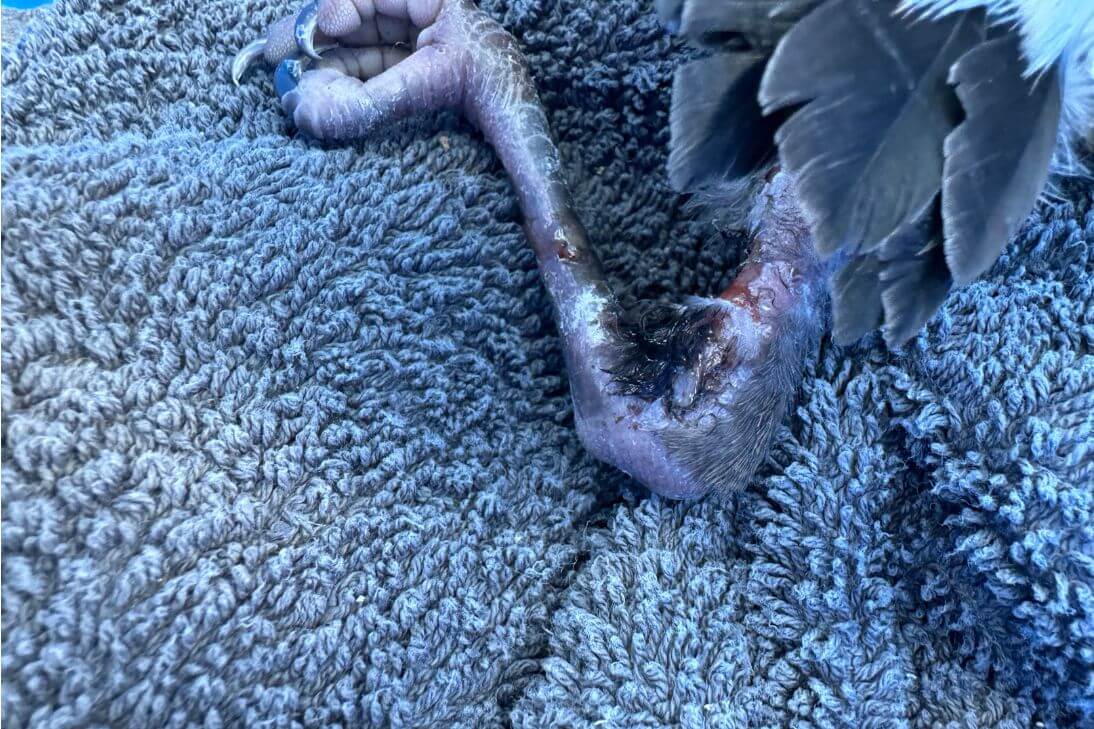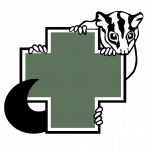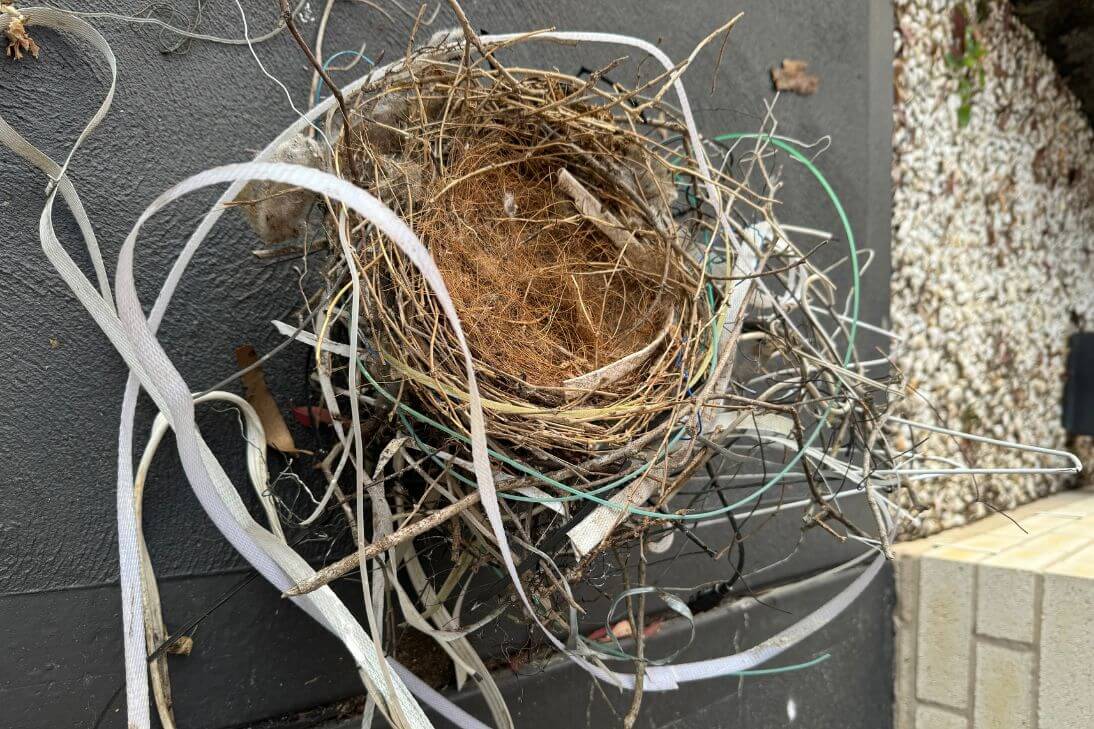Birds Recycling Human Litter For Nests
Birds Recycling Human Litter For Nests
5 October 2024
Littering poses significant dangers to wildlife in various ways, and the impacts can be both direct and indirect. We’re seeing many native animals, particularly birds, gliders and bats become entangled in materials that have been carelessly discarded.
Its now bird breeding season and birds are using what they can to build their nests. We were recently called out to a magpie family that had created what some might see as a recycling work of art. However this masterpiece belonged more in an art gallery than a tree. Our rescuers were shocked to see what materials had been used to build the nest. Apart from the natural materials you would expect to see, it was full of plastic cable ties, packaging materials, USB cords, wire, coathangers and other manmade materials that hadn’t been properly disposed of.
Sadly one of the fledgling chicks got its leg caught in one of the pieces of plastic and was apparently hanging upside for 5 days before being reported to Hunter Wildlife Rescue.
With the help of Fire & Rescue NSW he was retrieved and brought down with the nest. But the damage to his legs and one wing was just too great and a caring local vet put him out of his pain.
Our waste is dangerous to wildlife and needs to be contained. They can’t tell the different between branches, grasses, wires and cords.

Apart from being used as unsuitable nesting materials, litter is impacting our wildlife in other ways such as:
- Ingestion Hazards: Many animals mistake litter for food. Birds, for instance, may consume plastic pieces, bottle caps, or other debris, leading to malnutrition, digestive blockages, or even death. Sea turtles often ingest plastic bags, thinking they are jellyfish.
- Entanglement: Wildlife can become entangled in litter such as fishing lines, six-pack rings, and plastic bags. This can restrict movement, lead to injury, or result in drowning, especially for aquatic animals like seals and birds.
- Chemical Pollution: Litter can leach harmful chemicals into the environment. For example, plastic breakdown products can contaminate soil and water, posing risks to organisms at various levels of the food chain.
- Habitat Degradation: Accumulation of waste can degrade natural habitats, making them less hospitable for wildlife. Litter can smother vegetation, disrupt ecosystems, and alter local wildlife behaviour.
- Spread of Invasive Species: Some litter can facilitate the spread of invasive species. For example, debris can transport seeds or organisms to new areas, where they may outcompete native species.
Efforts to reduce littering, such as community clean-up events and educational campaigns, are essential to protecting wildlife and preserving ecosystems. However, it ultimately is our own individual responsibility to ensure our litter is properly discarded.

